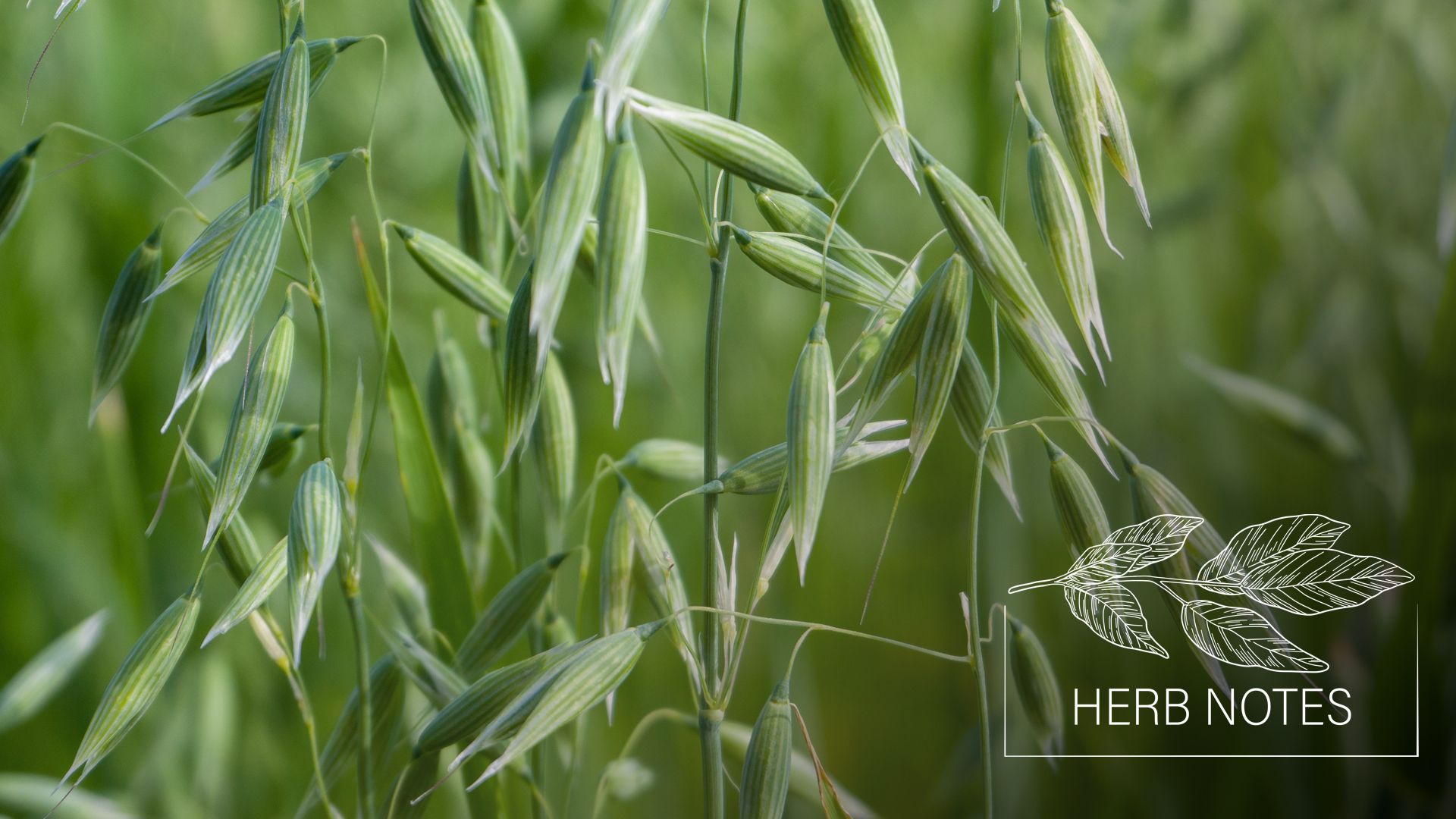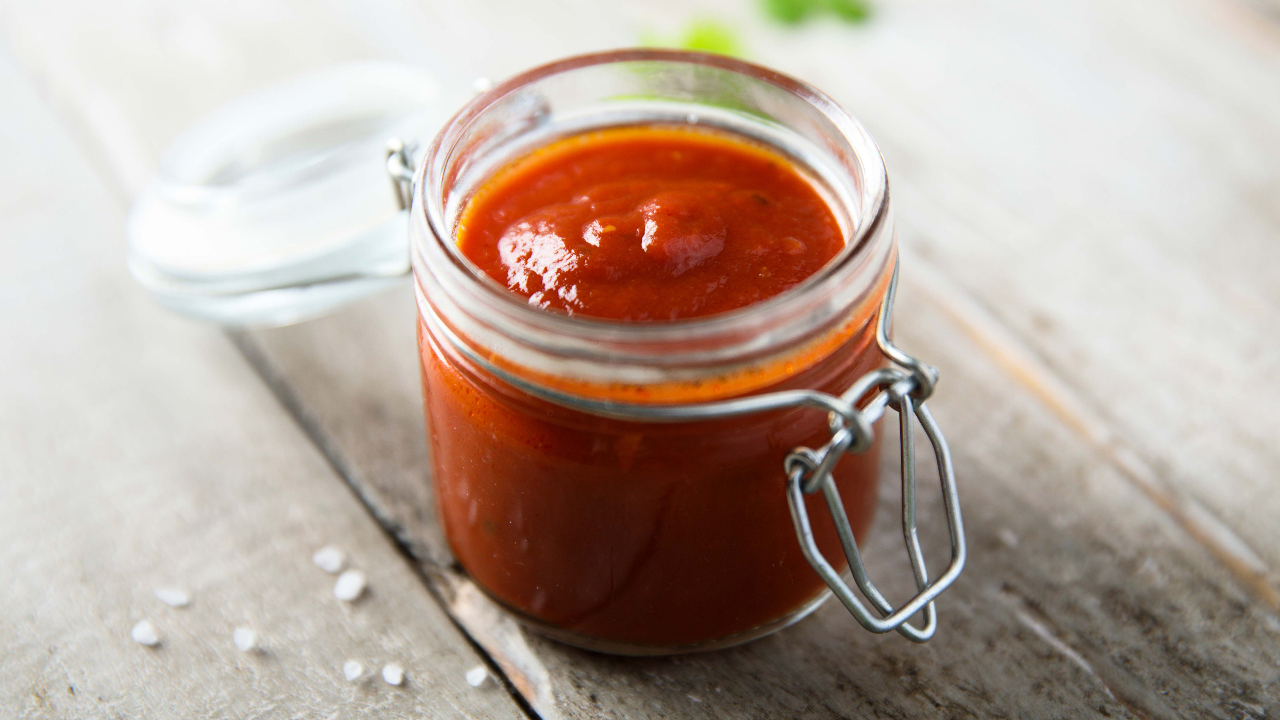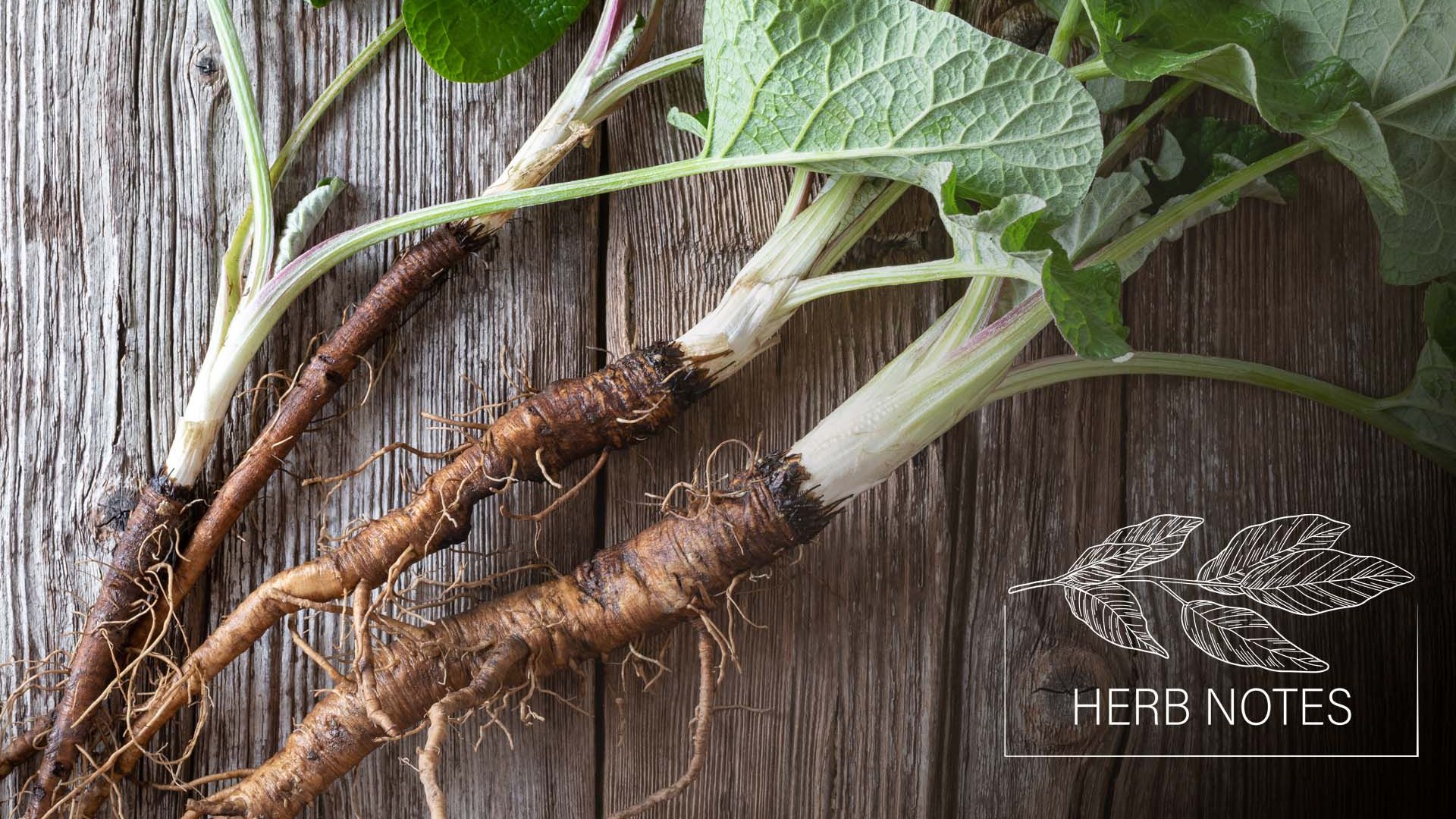
Violet Uses and Plant Monograph
As violets emerge in spring, their flowers gift our hearts and spirits with joy.
Violets are so exuberant about flowering that many species do it in two different ways. In these plants, the flowers we are most familiar with are the colorful, insect-pollinated, five-petaled blossoms that appear among or above the (often) heart-shaped leaves in spring. Later in the season, small, closed flowers emerge from the soil yet remain underneath the leaves. These flowers lack petals and never open – they are technically known as a cleistogamous (“closed marriage”) self-pollinating method that the plant uses to produce more seeds with fewer resources.
While violets are most commonly sought in the spring, their gifts extend to other seasons and their leaves are often available year-round.

Violet Uses and Plant Profile Summary
- Botanical Name: Viola odorata, Viola sororia, Viola spp.
- Other Common Names: viola, wild pansy, heartsease
- Family: Violaceae (violet)
- Parts Used: flowers, leaves
- Energetics: cooling, moistening
- Taste: sweet, salty
- Plant Properties: alterative, demulcent, inflammatory modulator, lymphagogue, mild sedative
- Plant Uses: congested lymph (breast congestion, cysts, swollen lymph glands), food, hot and/or dry inflamed tissues, sore throat, insomnia
- Plant Preparations: food, infused oil, poultice, salve, syrup, tea, tincture, vinegar
Energetics
Violet’s energetics mirror the places where they love to thrive. Cooling and moistening, violets can often be found growing in damp meadows, by shady streams, or in moist woods. As always, the best way to understand violets is by tasting them. Both the leaves and flowers are slightly sweet, demulcent (moist), and noticeably cooling. Violets are also softening. They reduce rigidity and allow flexibility. They move stuck and stagnant lymph. The simple sight of them can open our hearts, allowing a softening of our mood.
Colds and Influenza: Dry Coughs, Sore Throats, and Fevers
Violet’s ability to soften and soothe dry and inflamed tissues is a perfect match for dry mucus membranes and irritated coughs. Violets have long been used for coughs in Native American, European, and Chinese medicine. One double-blind randomized clinical trial with children aged 2 to 12 years found that violet syrup could help the coughs of children with intermittent asthma.1
Violets can also soften and soothe a sore throat, especially when it is dry and irritated. It can be used to bring instant relief as a tea, syrup, or infused honey.
An interesting 2019 study showed that hospitalized children with fevers who had violet-infused oil rubbed on their abdomen had a significant decrease in their fever. As a result, those using the violet oil had less incidence of using acetaminophen as a rescue treatment.2

Congested Lymph
Violet is revered for moving stuck and stagnant lymph and has traditionally been acclaimed for softening hardness in glandular tissues. There are a variety of ways that violet can be used.
Taken as a tea or fresh tincture, violet can address hot and swollen lymph nodes associated with upper respiratory infections.
Taken internally and applied externally (as a poultice or infused oil), violet can gently move swollen lymphatic glands in the breasts, armpits, groin, or any other area feeling stuck and stagnant.
Many herbs that affect the lymphatic system have been used to address cancer and this is also true for violet. We do not have any clinical trials to confirm violet’s benefits for people with cancer; however, there have been some interesting in vitro studies.3 One of these found certain constituents of Viola odorata “with robust cytotoxicity that may be promising chemosensitizing agents against drug resistant breast cancer.”4

Inflammation and Pain
Inflammation can often be related to a tissue state of heat and dryness. In these cases, violet is the perfect balm. Violet’s moistening, cooling, and mild pain-relieving properties can calm inflammation, especially chronic inflammation such as arthritis. Studies have shown that violet has anti-inflammatory, analgesic, and antioxidant activities.5
Many First Nations of North America have used violet for headaches.6 In addition, one double-blind, placebo-controlled clinical study showed that an Iranian formula using “Viola odorata flowers, Rosa x damascena [Damask rose] flowers and Coriandrum sativum [coriander] fruits may be effective in improving headaches in patients with migraine.”7
Joy
I don’t need to tell you that violets bring joy. Simply spend some time in their presence and you will experience it for yourself. The closer you can get to the violets the better – hurriedly crouching down beside them is no substitute for curling up beside them for a wee while.
Another name for violet is heartsease. It has been used for the physical and emotional heart for thousands of years. Hildegard von Bingen, the German Benedictine abbess and herbalist born in 1098, used violets extensively and recommended them in wine for “anyone oppressed by melancholy with a discontented mind, which then harms his lungs.”8

Sleep
While not commonly used for sleep in Western herbalism, violets are a traditional remedy for sleep in Iran. In one study, Iranian researchers gave 50 patients with chronic insomnia two drops of a Viola odorata infused oil in each nostril nightly before sleeping. After a month, patients showed improvements in sleep.9 Another randomized, placebo-controlled study involving 75 patients with insomnia showed similar promising results with intranasal violet-infused oil. The researchers pointed out that using this natural and safe nasal treatment is a “non-oral method without serious side effects for treatment of insomnia.”10
Another study showed that violet can be a safe and effective add-on therapy for patients with insomnia and depression or obsession.11

Dry Eyes, Sinuses, and Skin
Given violet’s ability to moisten tissues, using violet for dry or irritated eyes is not surprising. And because the tear ducts are connected to the nasal cavity, irritated eyes and sinuses often go together, especially during allergy or wildfire seasons.
For dry sinuses and eyes, herbalist jim mcdonald recommends an eye or nasal wash: “A mild tea of fresh or dried violet leaves can be made into a nasal rinse by adding 1/4 teaspoon of salt per 8-ounce cup of well-strained tea, and it is wonderfully soothing when dryness accompanies inflammation of the sinuses. This same preparation can be used as an eyewash and is really quite impressive; use it when the eyes are dry and blinking feels like someone’s scratching sandpaper over your cornea.”12
A well-designed study in Iran showed “that the intranasally administered [violet oil] enhances tear production and improves tear film stability.”13
Violet’s ability to soften and soothe dryness also applies to our largest organ: the skin. In addition to being moistening, violet may also work by promoting lymphatic circulation. Violet can be taken internally to address dry skin as well as used externally.
Violet used externally can also help to relieve itching, even severe itching. One study found that when violet oil was used in people who had severely itchy skin due to chronic kidney failure (uraemic pruritus) it worked better than massage alone.14
Another study showed that a formula using Mahonia aquifolium [Oregon grape], Viola tricolor, and Centella asiatica [gotu kola] relieved moderate atopic dermatitis under conditions of cold and dry weather specifically.15

Nutrient Dense
Violets can grow abundantly, especially when they are not native to an area. This has earned them the reputation of being a pesky weed. Of course, herbalists love to love weeds. We know they are filled with nutrients that are not often abundant in our depleted grocery store vegetables. This is also the case for violets! The flowers and leaves contain high amounts of vitamin C and the leaves are also high in beta-carotenes (precursors to vitamin A).
Violet is high in antioxidant anthocyanins and rutin, which is known to support heart health by strengthening and increasing flexibility in blood vessels, reducing cholesterol, and preventing and dissolving blood clots.
Plant Preparations
Most violets can be similarly used; however, some violet species are especially high in saponins, a soap-like substance that can cause stomach upset when eaten in large quantities. Once you’ve correctly identified the violet growing near you, give it a taste. Are the leaves sweet and demulcent? Can you imagine joyfully eating many of them? Or are they not really palatable? Stick with eating the ones that are palatable, and eat them sparingly until you see how your body reacts.
Violet is a culinary delight. Its fresh leaves can be added to spring salads. Violet flowers are edible and gorgeous, making them a nice garnish added to any meal. Violets are often used to lend their sweetness to a variety of dishes, from meats and vegetables to salads and puddings. Violet syrup and candied violet flowers are common confections in Europe, where violet is also used to flavor liqueurs such as Creme Yvette, Creme de Violette, and Parfait d’Amour.
Violet flowers, especially the purple varieties, can be made into a variety of gorgeous herbal goodies including syrups, candies, and jams.
Both the leaves and flowers can be extracted into alcohol, oil, or vinegar.
Violet leaves can be harvested throughout the season. The tender spring leaves are best as edibles, but the later leaves can be dried for teas or other preparations. Violet leaves and flowers are very sensitive after drying – store them in a tightly sealed container in a cool and dark location.
Dosage Suggestions
- Tea: 5-28 grams dried leaves and flowers per day
- Tincture (fresh): 1:2, 40%. 3-5 mLs, three times a day

Special Considerations
- Violet roots can be emetic (make you vomit).
- Violet species that are high in saponins may give someone nausea if they eat too many.
- Some violet species may give some people diarrhea if too much is eaten (probably due to saponin content).









